HERMES
Innovative, Highly Efficient Road Surface Measurement and Control System
- Χρηματοδότηση: European Commission
- Κωδικός Έργου: HERMES
- Πρόγραμμα: SEVENTH FRAMEWORK PROGRAMME (FP7-SME)
- Προϋπολογισμός: 310282,51 € (Overall: 1617438,56 €)
- Ημερομηνία Έναρξης: 1st August 2012
- Διάρκεια: 24 months
- Website(s): CORDIS
Πληροφορίες
One of the most important aims in today’s transport systems is the security they provide. Even-though in air and rail transports we have managed to have extremely low accident and death rates this is not the case with road transport. The majority of the EU countries are now heading towards “the Vision Zero philosophy” in which road deaths become as unacceptable as they are in a factory, in the air or on a railway. However in order to reach this aim several improvements are needed in numerous area including cars, drivers and roads.
The HERMES project aims at improving this last factor, the road, by proposing a novel road quality measurement solution based on a pioneering approach. The proposed system enables, for the first time, measurements of both the longitudinal and transversal profiles of a road to be simultaneously undertaken from a specially equipped vehicle travelling at normal road speeds and at a low infrastructure cost. This approach represents a significant advancement in the state of the art by eliminating the requirement for an inertial reference level whilst, additionally, improving accuracy of measurements by providing a solution for resolving errors otherwise resulting from the dynamics of a moving vehicle, Moreover, within HERMES the road profile measurements will be integrated with their precise geographical location while an innovative toolset for data analysis will be developed so as to allow the efficient processing of the huge amounts of data collected by the HERMES vehicles.
In general, HERMES augments the traditional road roughness indices by additionally identifying and pinpointing locations requiring urgent repair to result in improved safety for road users, while those locations can be identified with very high accuracy, low-cost and at normal road speeds. This latter is very important since in large countries the national road network requires the measuring and maintenance of thousands of kilometers per year.
One of the most important aims in today’s transport systems is the security they provide. Even-though in air and rail transports we have managed to have extremely low accident and death rates this is not the case with road transport. The majority of the EU countries are now heading towards “the Vision Zero philosophy” in which road deaths become as unacceptable as they are in a factory, in the air or on a railway. However in order to reach this aim several improvements are needed in numerous area including cars, drivers and roads.
The HERMES project aims at improving this last factor, the road, by proposing a novel road quality measurement solution based on a pioneering approach. The proposed system enables, for the first time, measurements of both the longitudinal and transversal profiles of a road to be simultaneously undertaken from a specially equipped vehicle travelling at normal road speeds and at a low infrastructure cost. This approach represents a significant advancement in the state of the art by eliminating the requirement for an inertial reference level whilst, additionally, improving accuracy of measurements by providing a solution for resolving errors otherwise resulting from the dynamics of a moving vehicle, Moreover, within HERMES the road profile measurements will be integrated with their precise geographical location while an innovative toolset for data analysis will be developed so as to allow the efficient processing of the huge amounts of data collected by the HERMES vehicles.
In general, HERMES augments the traditional road roughness indices by additionally identifying and pinpointing locations requiring urgent repair to result in improved safety for road users, while those locations can be identified with very high accuracy, low-cost and at normal road speeds. This latter is very important since in large countries the national road network requires the measuring and maintenance of thousands of kilometers per year.
An EU initiative introduced cutting-edge systems for cars to map road issues, highlight repairs and help optimise traffic by assisting drivers to avoid trouble spots.
As fatal road accidents continue to diminish, the EU is steadily moving towards ‘Vision Zero’. The concept revolves around making deaths on the road as unacceptable as they are in a factory or in other transport modes such as air or rail. This, however, requires significant improvements related to road networks, drivers and cars.
The EU-funded HERMES (Innovative, highly efficient road surface measurement and control system) project worked on improving road infrastructure through better measurement of roads to facilitate safety enhancement and maintenance.
Project partners developed an innovative and cost-efficient road quality measurement solution. The technology can measure a road’s longitudinal and transversal profiles simultaneously from a specially equipped vehicle travelling at normal speeds. From a moving vehicle, this integrated solution for road profile measurements accurately identifies and pinpoints locations that require urgent repair. It costs less and is much more accurate than existing systems.
Specifically, the purpose-built vehicle is equipped with laser projection and camera imaging equipment that record images of road surfaces. The HERMES team developed an automated pothole detection algorithm to automatically characterise the quality of the road surface and detect potentially hazardous defects such as potholes.
Researchers designed a novel information system to gather, extract and exchange data with existing relevant systems. It enables seamless integration with existing infrastructure, and allows for efficient processing of large amounts of data collected by the custom vehicles.
The technology can be integrated into a system developed by the EU project EXEHON to relay informational and warning messages about road surface conditions and hazards to road users via their mobile phones.
HERMES will help road authorities achieve good ride quality in their road network, reduce fuel consumption and help maintain vehicles in better shape.
- WING COMPUTER GROUP SRL – Romania
- MOBILE MEDIA AE – Greece
- PROMETEO INNOVATIONS SLNE – Spain
- ARDORAN OU – Estonia
- TALLINNA TEHNIKAULIKOOL – Estonia
- Electronics Design Ltd – Estonia
- Telecommunication Systems Institute – Greece
Other Projects
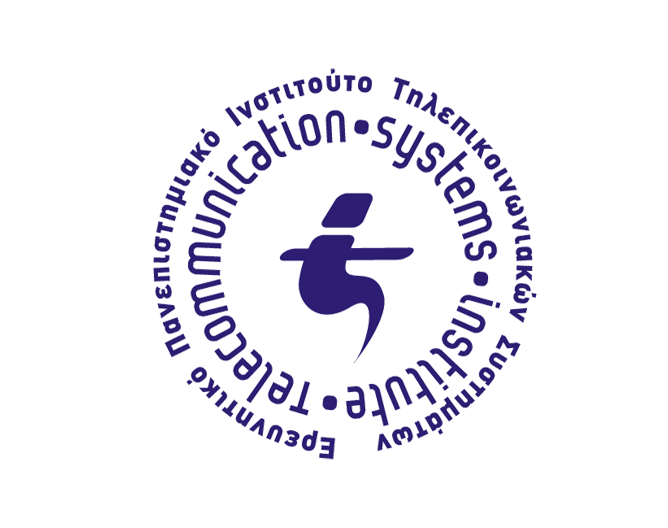
Green.Dat.AI

AI4RecNets

SecOPERA

EMERALDS

EDGELESS

SUN

CLIMOS

ORAMA
Platoons

SENTINEL

OPTIMA

EnerMAN

ΕΛΑΙΩΝ
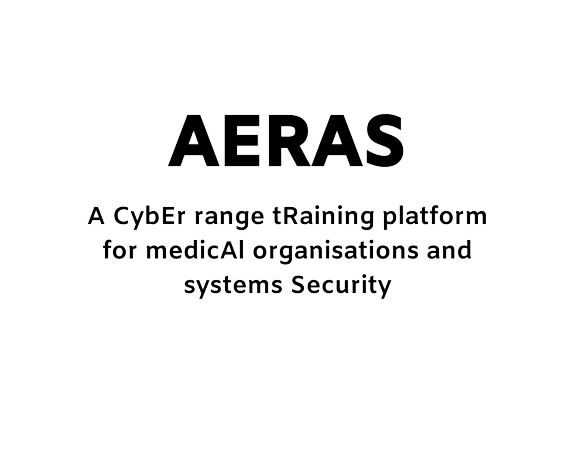
AERAS
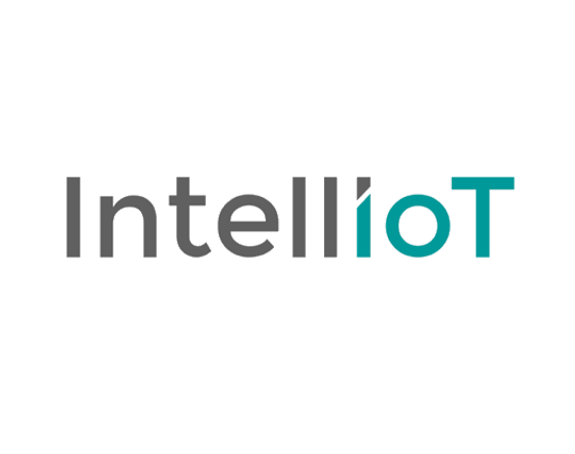
IntellIoT
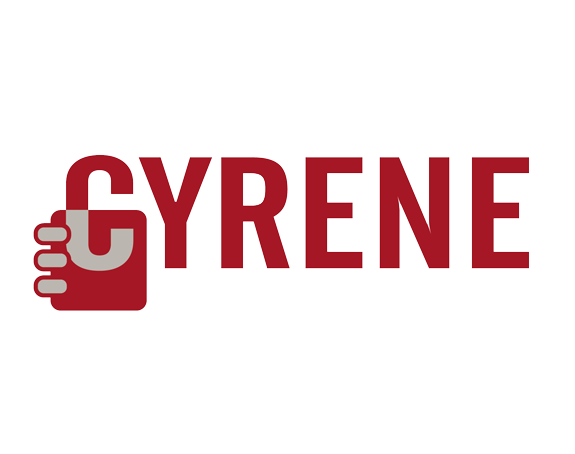
Cyrene
SAFEMETAL
Increasing EU citizen security by utilizing innovative intelligent signal processing systems for euro-coin validation and metal quality testing
- Χρηματοδότηση: Ευρωπαϊκή Επιτροπή ΕΕ.Ε.
- Κωδικός Έργου: SAFEMETAL
- Πρόγραμμα: SEVENTH FRAMEWORK PROGRAMME (FP7-SME)
- Προϋπολογισμός: 356 096,00 € (Συνολικός 1 788 853,86 €)
- Ημερομηνία Έναρξης: 1η Δεκεμβρίου 2010
- Διάρκεια: 24 μήνες
- Website(s): www.safemetal.eu – CORDIS
Πληροφορίες
Euro coinage has been steadily subject to increasing outlawed counterfeiting activities. The most recent figures bring to 14 the number of illegal mints discovered to date, accompanied with a significant cumulative total of counterfeit coins detected or confiscated. Over 80 classes of counterfeit coins and corresponding tooling and working methods are identified, which by European Technical and Scientific Centre directives lead undoubtedly to the conclusion that the vast majority of counterfeit manufacturing facilities remain in operation.
At the same time conductivity measurements are widely used for characterisation of heat treatment of aluminium alloys and other non-destructive testing, especially for safety-critical applications in aerospace industry, nuclear reactors etc. Prior art in the field has led to technologies made to reduce at manufacturing time the spread of electrical parameters and at validation time the measurement of electrical conductivity of the metal respectively. Due to the large number of coins produced by European mints, material for coin blanks is sourced from different suppliers.
Recent European standards to increase the security of the coinage by reducing the spread of parameter values result in significant challenges for manufacturers of coin validators used in vending machines and bank coin sorting machines. The SMEs participating have identified these challenges and consider they represent major product opportunities. The developed metal validation technology will be required to distinguish between increasingly sophisticated counterfeit and the tightly specified genuine coins and to characterise the metal quality. This will be accomplished by developing advanced signal processing and data fusion techniques, and by also developing planar electro-magnetic sensors and pulse eddy-current measurement techniques with increased field sensitivity. The market being addressed includes coin validators and aerospace and nuclear industries.
The key scientific and technical objectives of the project are:
- Development of techniques for measurement of electrical conductivity of coinsized copper-alloy specimens. Targeted uncertainty within ±1% from DC to 1MHz and ±4% to 10MHz with measurements traceable to international standards.
- Development of mathematical models and numerical techniques to define the interaction of broad-band electromagnetic fields with objects of finite size, such as coins, and of bi-metallic/ layered construction.
- Detailed characterisation of the electromagnetic properties for euro coins of all denominations and a selection of other coins.
- Investigation of eddy current signal interaction with bi-metallic, layered construction of euro coins at a range of frequencies from DC up to 10MHz.
- Investigation of the effect of surface finish, plating, tarnishing/ oxidation and embossing patterns (for both the common and country-specific sides of a coin) on conductivity across the range of frequencies.
- Development of theory to model electro-magnetic planar sensors, enabling use as improved alternative to conventional coil sensors.
- Development of the theory for pulse-based/ broad-band eddy-current conductivity measurements.
- Development and application of novel signal processing techniques to extract useful information from the complex electromagnetic signals using low-cost and low-power hardware.
- Development and optimisation of sensors to measure other parameters of coins — diameter, thickness, weight, etc.
- Development and application of novel data fusion methodologies to combine information from the electromagnetic and other sensors.
- Design, realisation and evaluation of validator prototypes based on the innovations applicable to vending, service automation and amusement machines. The requirement of these high volume market sectors are for high security and reliability coin validation combined with low cost.
- Design, realisation and evaluation of validator prototype based on the innovations applicable to high speed coin sorting and counting machines used by banks. In addition to high speed operation (targeted at up to 3,500 coins per minute), high discrimination between genuine, counterfeit and foreign coins is necessary with accurate, traceable calibration of the machines.
- Design, realisation and evaluation of prototype conductivity measurement and calibration system based on the innovations applicable to the needs of mints, coin blank suppliers and banks.
- ARDORAN OU – Estonia (Coordinator)
- EDIS (Vyskumne A Vyvojove Druzstvopre Elektronicke Digitalne Systemy) – Slovakia
- ALGOSYSTEMS Anonimi Techniki Emporiki Etairia Pliroforikis Automatismon kai Metrologias – Greece
- Dunvegan Systems Ltd – United Kingdom
- Tallinna Tehnikaulikool – Estonia
- AS Metrosert – Estonia
- Electronics Design Ltd – Estonia
- Rigas Tehniska Universitate – Latvia
- Telecommunication Systems Institute – Greece
- University of Cyprus – Cyprus
Σχετικά Έργα

ΕΛΑΙΩΝ

WMatch

VARCITIES

TRADENET

SUN
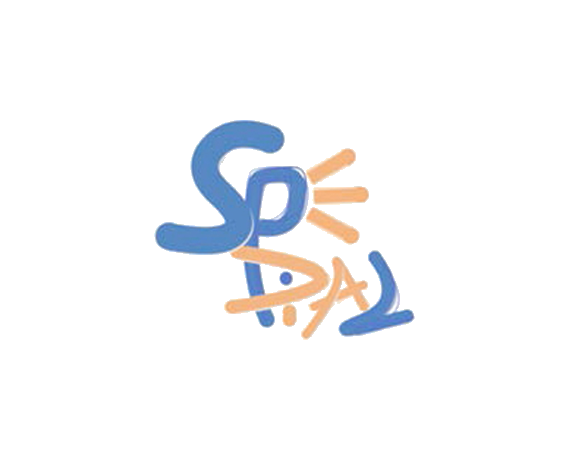
SpeDial

SENTINEL

SecOPERA
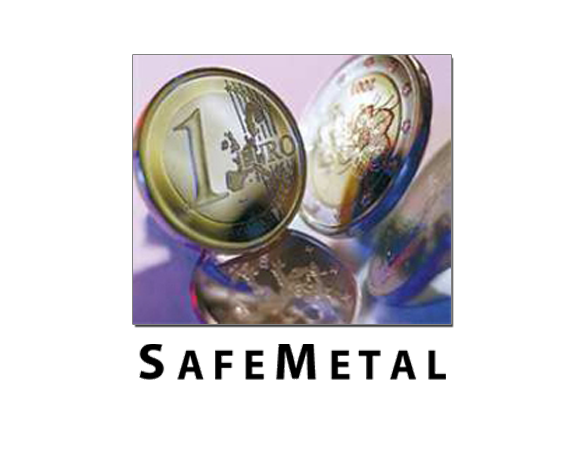
SAFEMETAL

RUNNER
ΣΧΕΤΙΚΟΙ ΣΥΝΔΕΣΜΟΙ
Τελευταία Νέα
- Έγκριση Πρακτικού Επιτροπής Αξιολόγησης για τη σύναψη μίας σύμβασης μίσθωσης έργου ιδιωτικού δικαίου, στα πλαίσια του έργου με ακρωνύμιο“ REBECCA – No 101097224”, κωδικός Ε.Π.Ι.Τ.Σ. 60047.28 Φεβρουαρίου, 2023 - 9:50 πμ
- Πρόσκληση εκδήλωσης ενδιαφέροντος για υποβολή προτάσεων, ΑΠ.415/60047.2 Φεβρουαρίου, 2023 - 11:13 πμ
 Έναρξη του προγράμματος IntellIoT, ένα ευρωπαϊκό ερευνητικό έργο προϋπολογισμού €8εκ. με αντικείμενο τη Επόμενη Γενιά συστημάτων IoT13 Δεκεμβρίου, 2020 - 12:49 μμ
Έναρξη του προγράμματος IntellIoT, ένα ευρωπαϊκό ερευνητικό έργο προϋπολογισμού €8εκ. με αντικείμενο τη Επόμενη Γενιά συστημάτων IoT13 Δεκεμβρίου, 2020 - 12:49 μμ
ΔΙΕΥΘΥΝΣΗ
Ερευνητικό Πανεπιστημιακό Ινστιτούτο Τηλεπικοινωνιακών Συστημάτων – ΕΠΙΤΣ
Πολυτεχνείο Κρήτης
Πολυτεχνειούπολη – Κουνουπιδιανά
Τ.Κ. : 73100, Χανιά – Κρήτη


